The controversial relationship between tattoos and fashion
The historical change of tattoos and their influence on fashion.
28 May 2024
The practice of tattooing dates back more than 5,000 years. It is believed that this practice can be thought to exist even long before. The origins of the tattoo have many meanings and have long been marginalized. But today they are considered even in the world of high fashion. Do you want to know more? Learn more here.
A bit of History
In the early 1990s, a mummy of a person who died in 3200 BC was found with tattoos all over his body!
This mummy’s name was Ötzi, a 46-year-old man who had lines tattooed on the lower back, ankles, wrists and knees, which are the parts that begin to hurt as you age, so it is believed They had a medicinal purpose.
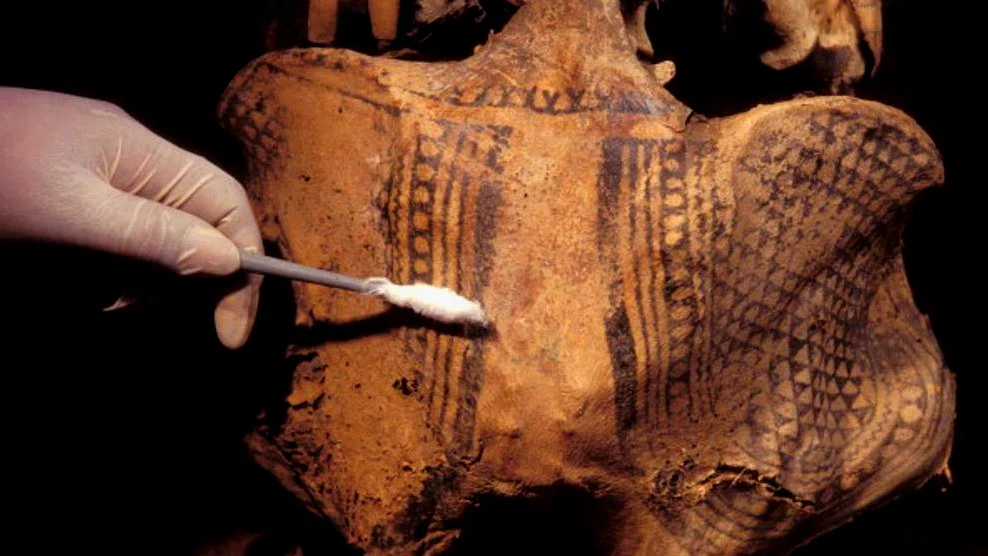
There is also evidence of Egyptian women 4,300 years BC carved or painted with statuettes on their bodies, which were usually a series of dots around the abdomen.
Likewise, we can account for many ancient communities that also carried out these tattoo practices. In modern times, tattoos entered Europe around 1700, when after an expedition to Tahiti, the ships returned to London with aborigines full of tattoos, even on their faces, to later be exhibited in the city.
It was so striking to see the bodies of these people, that it didn't take long for imitators to emerge. Then, the tattoo, like everything that begins marginally, ended up being assimilated until the artistic tattoo became a novelty among European aristocratic society. Later it expanded to the United States and other parts of the world.

The tattoo fashion in the XX Century
At the beginning of the last century, tattoos were used among sailors, to express their work. Wearing them was a synonym for long voyages at sea. Something like your “curriculum vitae”.
Among the designs, for example, swallows represented extensive navigation and the anchors used to mean resistance.
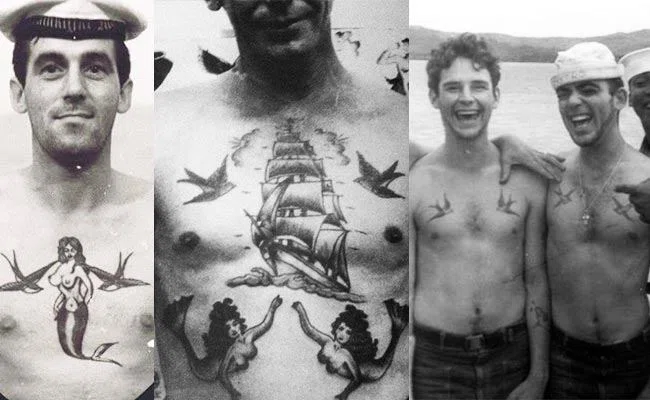
At that time, it was common for those considered “outsiders” – circus people or gang members – to wear tattoos. But it also extended to some women who decided to tattoo their faces as an alternative to makeup, which was really expensive in those years, although for status they did not make it public.
Almost in the middle of the century, tattoo artists began to emerge, imposing the traditional style that we know today as Old School.
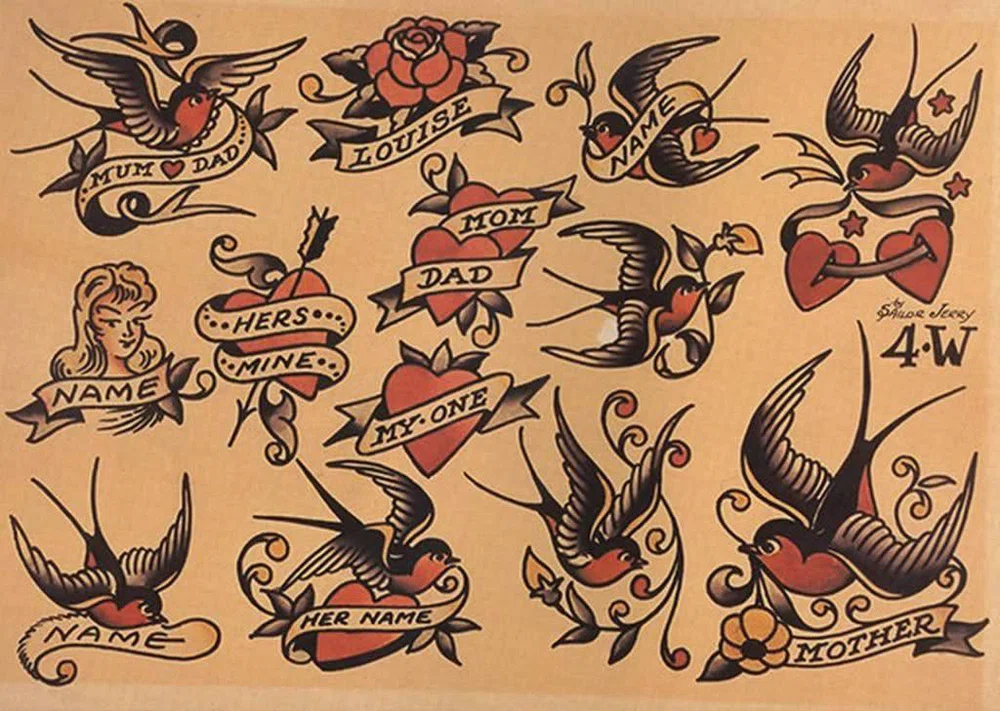
The “outcasts” became a symbol of masculinity, building the idea of “bad boy”.
Tattoos began to become more frequent in society and began to be popular among other groups, although they were still something of the outcast.
But by the 80s, the rock scene changed everything. Although, in the so-called “rockabilly” tattoo fashion was in force, with glam, rock and leather jackets, tattoos accompanied a booming fashion and began to be considered differently, even more decorative.
In the 90s, the tattoo fashion was already a trend and the designs no longer belonged only to the marginalized, as many young people decided to get tattooed.
The boom undoubtedly occurred at the end of the 20th century and the beginning of the new millennium, when the great celebrities and global icons began to wear tattoos. And tattoo artists began to consider themselves artists and sell original designs.
Tattoos and haute couture
In the canons of beauty and fashion, the discussion about tattoos has been extensive. Until not long ago, haute couture favored models without marks on the skin, like a pristine white canvas.
But it wasn't until 1971 that designer Issey Miyake presented a collection in NY that would change this perspective. His intention was to vindicate the Japanese tattoo, but with an inclusive and somewhat combative look towards the upper classes.
This collection was based on transparencies for both men and women and had a great political charge, since it challenged the rules of haute couture and its vision regarding the marginal to a certain extent.
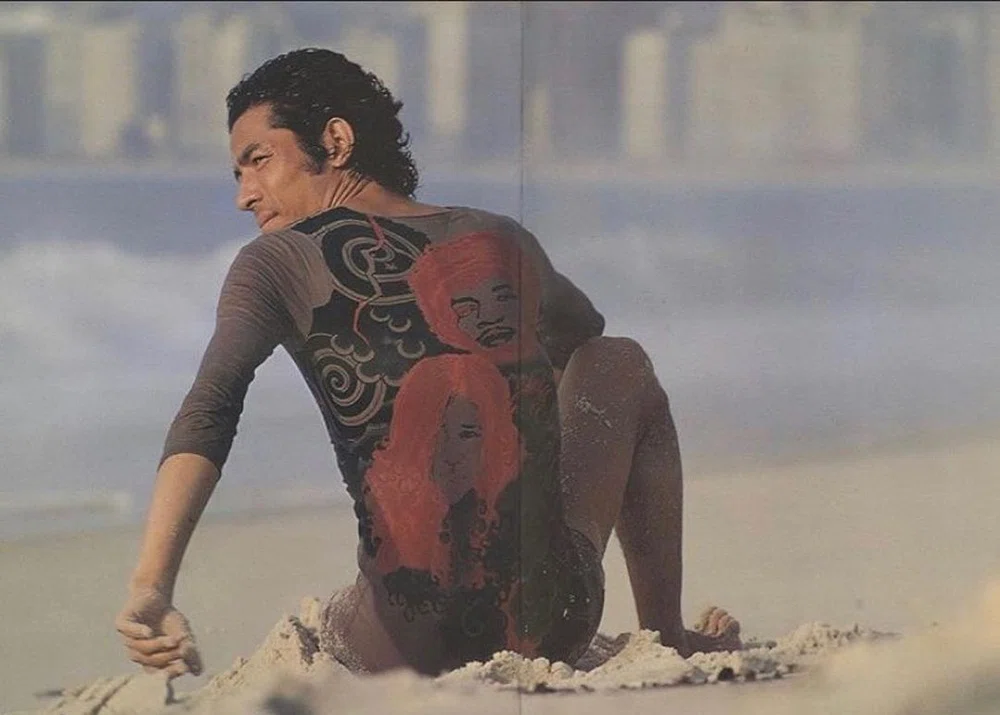
Following this example, many other designers such as Martin Margiela or Jean-Paul Gautier started to incorporate tattoos, and now they are not only on skin, but as a part of a clothing design and a very strong trend. That’s how body art is now something showy and sellable in shops.
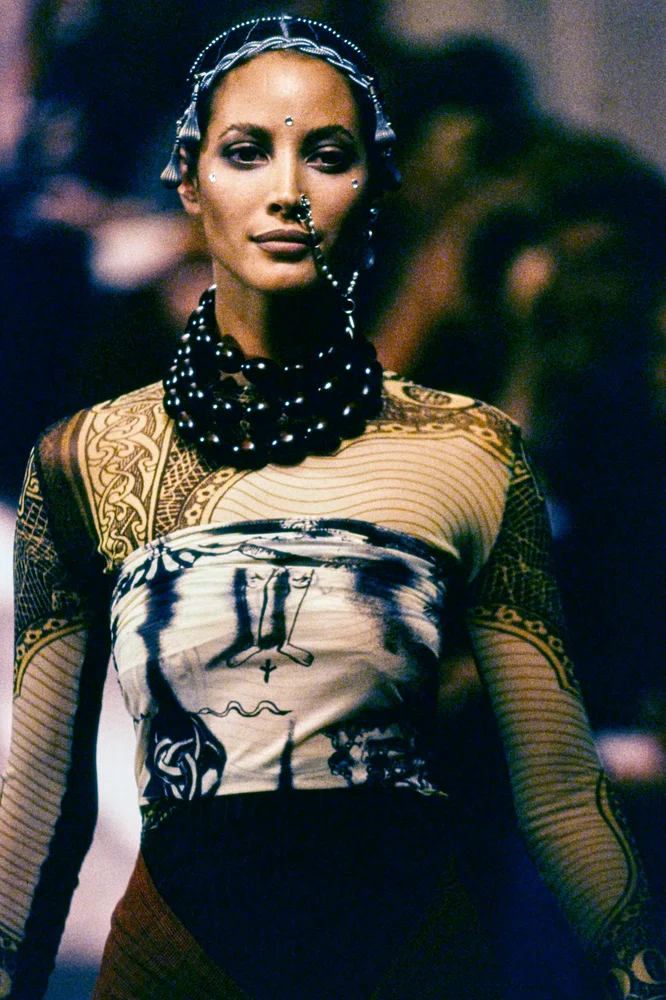
The intention of these garments is to maintain the nude tones or muted colors in the thickness of the entire fabric and that the designs are printed on top, generating a visual illusion as if they were really on the body and not being able to determine where the garment begins and ends.
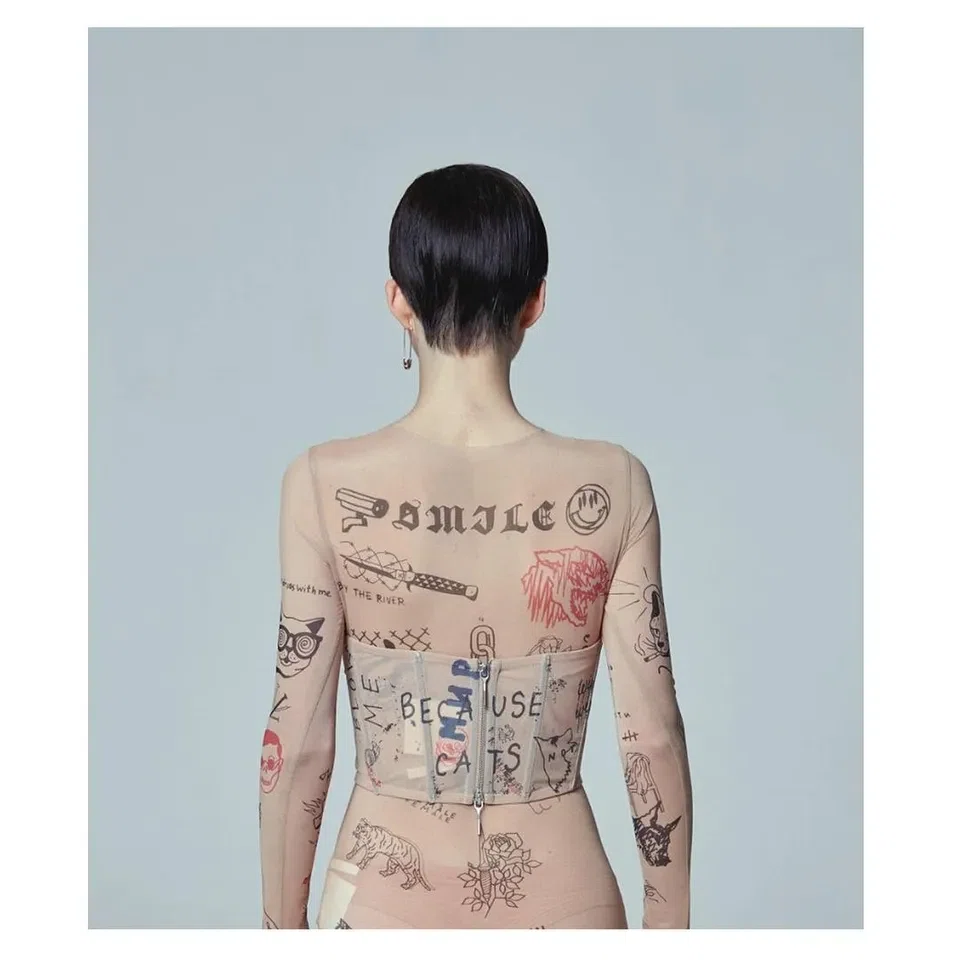
So if you don't dare to get inked, you can choose clothes similar to these and play with the designs that you like the most on your body.
Conclusion
It seems that over time, tattoos have gradually been accepted, and now they are on catwalks. Perhaps this was just a frivolous nod to fashion to take a very important cultural movement for some social groups to turn it into a trend.
Perhaps to begin to think of tattoos as more linked to an aesthetic issue, to see that actually having tattoos can also refer to a declaration of personal beauty.
With these proposals, we can see that it is not necessary to get inked, if you do not want to. In fact, you can choose to wear the tattoos on your clothes.
That kind of versatility is what is opening the possibilities for many designers to rethink tattoos, no longer as something pejorative, but to think of a broader public without the need to respond to old canons.
Today, most people get tattooed for an artistic or aesthetic reason and the fashion industry is not left behind, since it seems to be using permanent tattoos designs printed on fabrics.
And you, what do you think of this controversial relationship?
If your thing is tattooing real skin and providing pieces as original as they are creative, we have something that might interest you...
One of the most comprehensive collections of tattoo tricks to date.
Realism, Portraits, Animals, Blackwork, 3RL, Anime... choose what suits you best and level up with our professional tattoo courses.